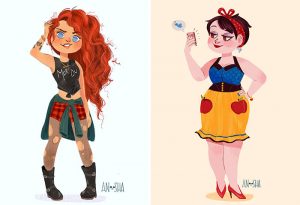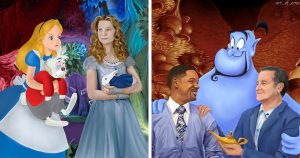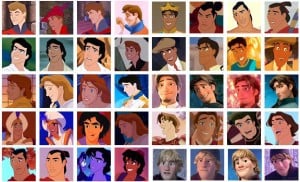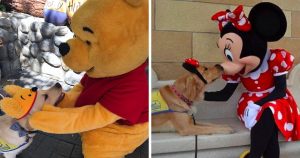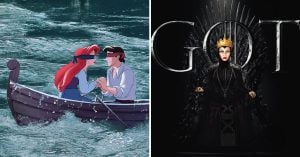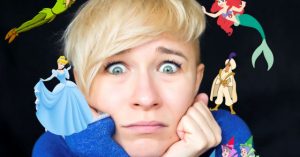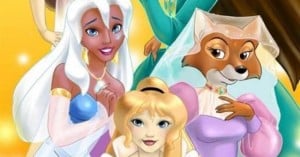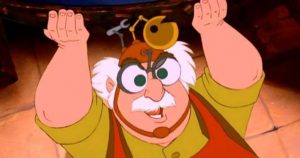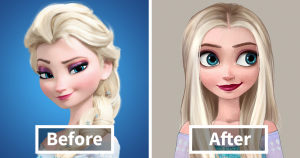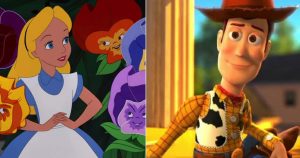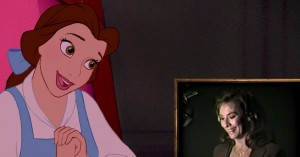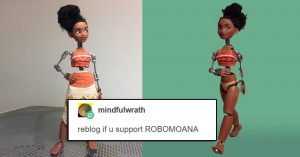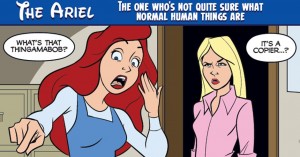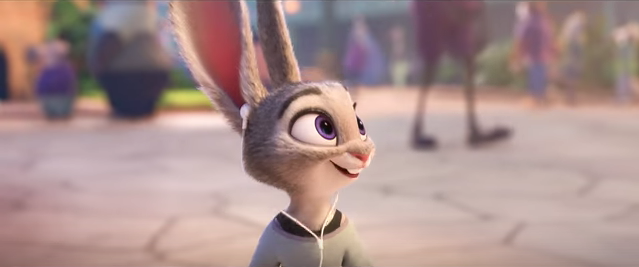
Did You Spot This Animation Milestone In 'Zootopia'? Here Are 10 Little Things You Probably Didn't Notice In The Movie
I totally missed that!

Ask any movie animator what makes an amazing animation and they're likely to give you the same answer: it's all about the little things, the small stuff that we might not even notice but damn it they would notice. Anyone who's seen it will know that the animated feature film of the moment, Zootopia, is absolutely packed with tiny details. Like what, you say? Like this:

At last! The movie's animators finally acknowledged that animals' ears aren't just for show; they actually use them to, you know, hear stuff. SpongeBob SquarePants team, take note.

The movie even managed to solve the age-old "how are his glasses staying on his head?" problem seen so commonly with anthropomorphic animals.


For those of you that haven't seen Zootopia yet (and may be a little reluctant), I understand. It's the latest in a loooooong line of Disney movies about animals and I wouldn't blame you for thinking, "yeah, yeah, so what?" But Zootopia is different, different to anything that has come before it. Zootopia sets new levels for an animation film in terms of both believability and physical accuracy, and here's what makes it so real.
1. The Characters' Appearances

The dedicated creators of the movie took hours studying animals and obsessed over their fur. In order to make the characters look as convincing as possible, the animators researched fur at a microscopic level and created millions of strands of hair for each creature. Each individual strand was added to make the mammals more believable, and unique textures developed to differentiate, for example, between the dreadlocks of the yak and the soft fur of the bunnies.
2. Their Natural Mannerisms

Judy's foot tapping tic and the way her ears prick up are two great examples. The filmmakers spent 15 months studying animals in great detail, starting at Disney World's own Animal Kingdom where they were able to observe the animals' behavior up close. To get a wilder perspective, they went to Africa; in Kenya, they were able to study animals on the savannah and get a sense of their movement and their natural environment.
Page 1 of 3

At last! The movie's animators finally acknowledged that animals' ears aren't just for show; they actually use them to, you know, hear stuff. SpongeBob SquarePants team, take note.

The movie even managed to solve the age-old "how are his glasses staying on his head?" problem seen so commonly with anthropomorphic animals.


For those of you that haven't seen Zootopia yet (and may be a little reluctant), I understand. It's the latest in a loooooong line of Disney movies about animals and I wouldn't blame you for thinking, "yeah, yeah, so what?" But Zootopia is different, different to anything that has come before it. Zootopia sets new levels for an animation film in terms of both believability and physical accuracy, and here's what makes it so real.
1. The Characters' Appearances

The dedicated creators of the movie took hours studying animals and obsessed over their fur. In order to make the characters look as convincing as possible, the animators researched fur at a microscopic level and created millions of strands of hair for each creature. Each individual strand was added to make the mammals more believable, and unique textures developed to differentiate, for example, between the dreadlocks of the yak and the soft fur of the bunnies.
2. Their Natural Mannerisms

Judy's foot tapping tic and the way her ears prick up are two great examples. The filmmakers spent 15 months studying animals in great detail, starting at Disney World's own Animal Kingdom where they were able to observe the animals' behavior up close. To get a wilder perspective, they went to Africa; in Kenya, they were able to study animals on the savannah and get a sense of their movement and their natural environment.



